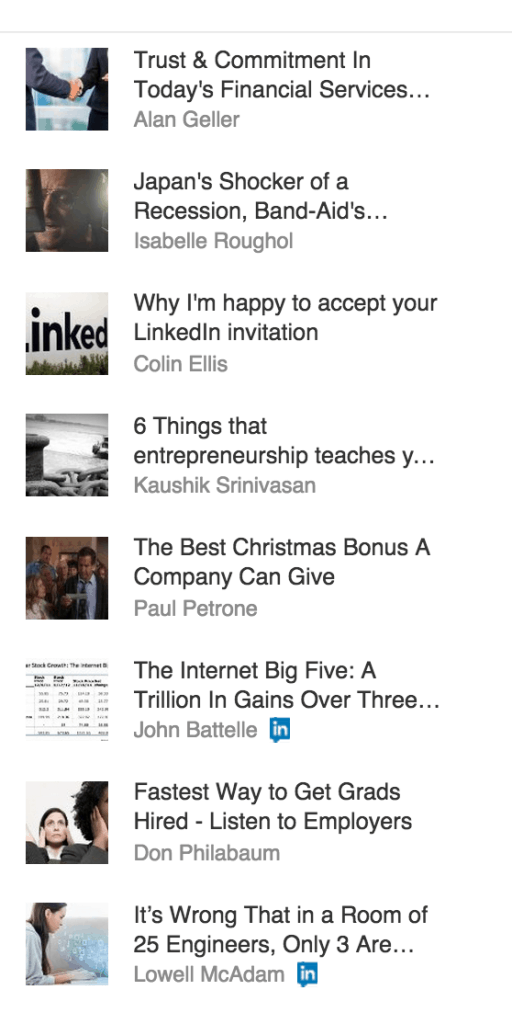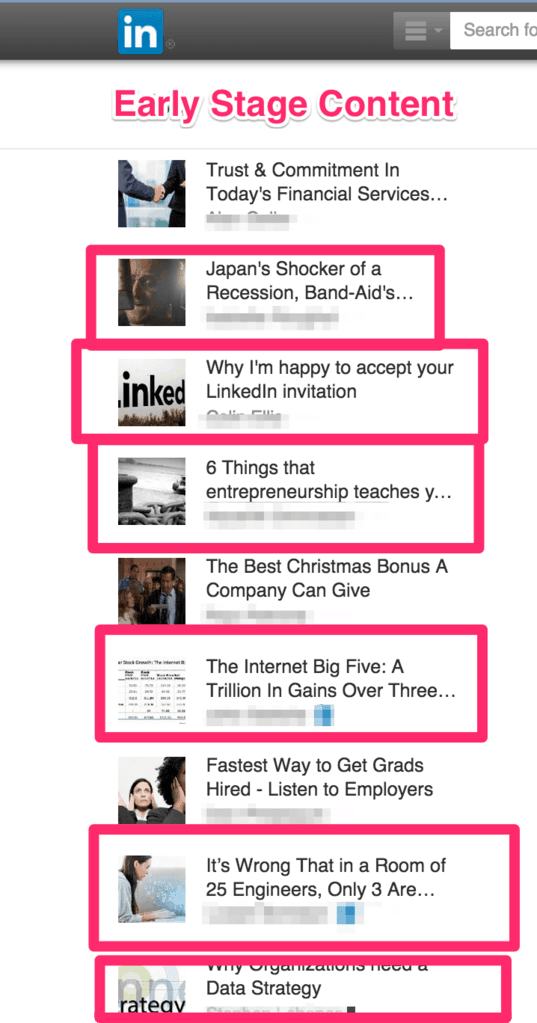Your website has the potential to be your best salesperson. So why aren’t you treating it like the rest of your sales team?
You wouldn’t send your sales team on calls without the proper training and support, would you?
And you’d never send them out without making sure they had a great answer for every objection imaginable, right?
So why aren’t you doing the same thing with your website? Why aren’t you using it to educate prospects and support the rest of your sales team?
In this post I’m going to show you how to create a foundation for making your website your best salesperson. To do that, you need to use the necessary content to nurture your prospects and even close deals. The three types of content I’m going to discuss will allow you to create your content marketing strategy so that it never stops selling. Let’s get into it!
Early-Stage Content
Early-stage content is the “Icebreaker”. Think of it as small talk. It’s entertaining, interesting, easy to read, and by far the most common content you’ll read online. Why? Because it’s also the easiest to write.
The goal of early-stage content is awareness. You want to create good content for prospects when they’re browsing, and may not even know they’re prospects yet.
I really like how Marketo describes the goal for early-stage content:
The litmus test for early-stage content is it needs to be useful and entertaining, even if the people never buy your product or your competitor’s product.
Here are some examples of early-stage content.
- Top 10 lists
- Curated content
- Interesting videos
- The latest industry news..
- Why I think that… (personal opinions/rants…)
Early-stage content makes up about 80% of most business websites, but that doesn’t mean it should on yours.
Whether or not you’re trying to generate awareness, early-stage content shouldn’t take up that much real estate on your website. Some “small talk” is great, but using more middle-stage content (which we’ll get into below) automatically pre-qualifies prospects and is a much better strategy.
QUIZ:
I took a random sampling of LinkedIn posts below. Which of these are early-stage content? I have the answers at the bottom of the post. Take a second before you scroll all the way down and see if you can guess.

Middle-Stage Content
Middle-stage content (think of it like a teacher) is content that prospects see when they move from browsing to comparing in your sales process.
This is the content you want your target audience to find when they start to think about buying. What happens when they start the purchase journey? Obviously, depending on the size of the product, the intensity will go up or down, but most prospects use these these research methods:
- Learn from others’ experience with the product/service
- Research
- Talk to trusted friends or colleagues
- Compare and contrast
This type of content should be your bread-and-butter. It’s built on your prospects questions, and includes things like..
- Customer reviews
- Product comparisons
- Case studies
- Testimonials
- How-to videos/posts
- FAQ’s
Here’s the bottom line: Your prospect is going to do the research no matter what, so why shouldn’t their answers come from you? Remember, we live in the era of the helpful-sell, not the hard-sell.
Middle-stage content only makes up about 10% of the content funnel. Why is that?
Middle-stage content is much different than early-stage content because it’s not nearly as sexy. There’s a little-known psychological trick that happens during middle stage content that make most companies neglect it while others get rich off of it.
Here’s the secret..
When a prospect is in the middle stage and needs to choose the best solution, that topic becomes the most interesting thing in the world. It doesn’t matter how boring the product or service they’re researching is, they need ALL of the information possible to make the best decision. Suddenly, information they would have otherwise completely ignored becomes the sole focus of their attention.
BUT most businesses don’t realize that because they forget what it’s like to be in middle “research” stage. It’s really easy to overlook that boring information and publish another top 10 list instead.
Most marketing people will tell you this is the place for e-books, how-to videos, webinars, etc. The truth is, whatever form fits your content best is what you should go with.
Late-Stage Content
Last but not least is late-stage content. You can think of it as the “closer” or “salesperson”.
This is the part where the prospect has gathered way too much information. They’re wading through it and trying to make an informed decision because they need to give their boss an answer by the end of the week.
Late-stage content is like a good friend who helps you make up your mind (you know, the smart one who always seems to have the right answer). It’s the content that closes the gaps and answers the tough questions.
Depending on what your sales funnel looks like, late-stage content will either provide enough information to make the sale or be the perfect handoff to a salesperson who can help close the deal.
Many companies think late-stage content is the time to talk about nothing but themselves but unfortunately, they’d be wrong.
They mistakingly assume their information exists in a vacuum, and they treat it as a place to blow their own horn. They also act like their customer doesn’t know how to Google what other people are saying about them. The trouble happens when the info from the two sources contradict each other, and this immediately discredits all the hard work they put into early- and middle-stage content.
Instead, your focus should be to close the sale by continuing to be as helpful as possible. Turn your prospects into customers (and advocates!) by making them feel good about the choice they’re making. Here are a few topics for late stage content.
- Product comparisons
- Pricing and feature guides
- Product demos
- Information about your company, staff and values
- Implementation of your product in things like success stories and case studies
Don’t be bashful about helping your prospect make a decision. If they’ve made it to this point and they’re qualified, often times they need a little nudge to take action. And there’s nothing wrong with doing that.
Are you ready to start training your site to be a better seller? The good news is you’re already training your salespeople with the exact same content. It’s nothing new, just a different channel.
Quiz Answers:




